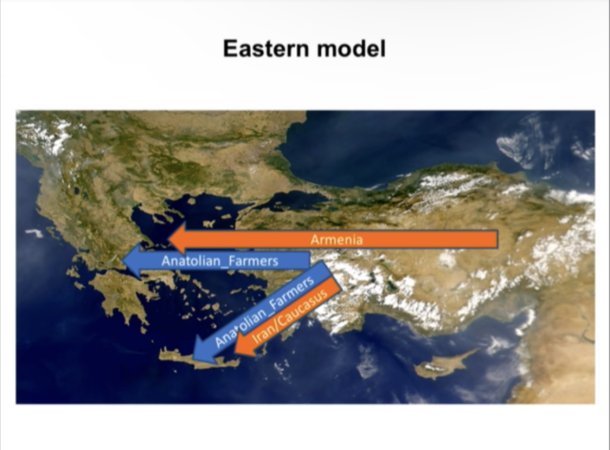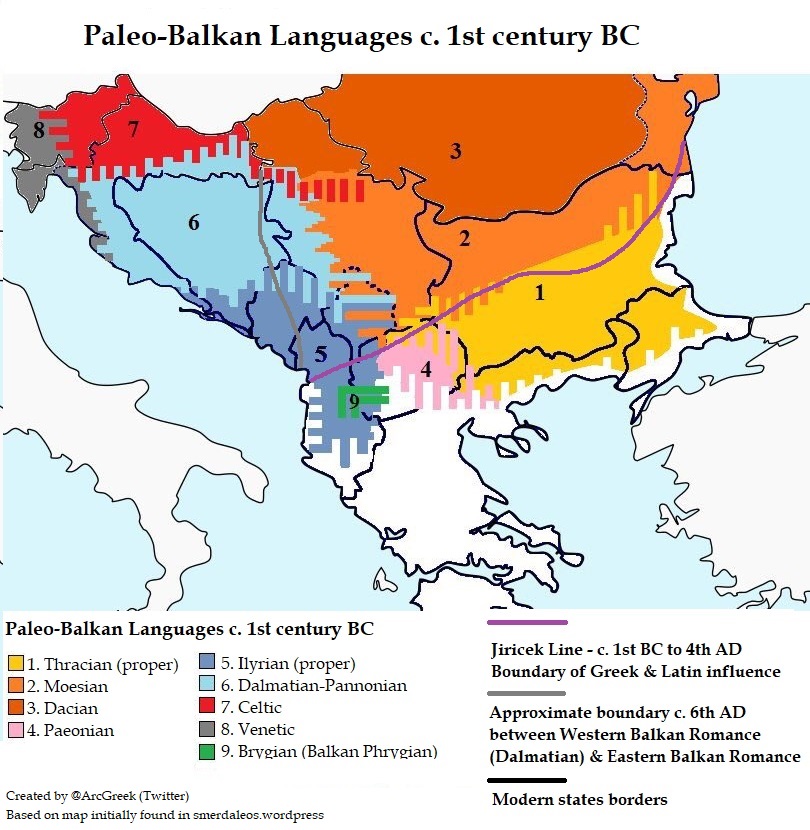I think the epicentre during the Bronze Age may in fact be in Northern Greece. Some indigenous tribes in mainland Greece may have been largely E-V13. Mostly mountain pastoralists. Indigenous tribes who were not Minoan.
I am seeing an intermediate line starting from Epirus, Thessaly, Macedonia, Paeonia, Thrace, all the way to the Bosporus. Not quite like the Adriatic and not quite Mycenaean. This line dispersed after the late Bronze Age.
In that area were so many people and layers, which pushed each other, that the major founding and expansion event of E-V13 which started in the MBA is not feasable. Even more, if E-V13 covers that area, explaining the presence of other regional subclades like under R-Z2103 becomes even more problematic.
We know from the current data that the relative positioning of the major branches to each other was like that:
J-L283 West and North West
R-Z2103 Central-South
J2a South and South-East
E-V13 North and North East
The Paeonians and Bryges/Phrygians were a separate, probably related people, and I doubt they were as dominated by E-V13 as the Daco-Thracians.
Maximal expansion-strong influence of Daco-Thracians:
Another view on the Balkans:
The area of modern Albania was exposed to Channelled Ware and Basarabi influence, but it was not part of the Daco-Thracian core settlement area at any time. Of the modern Albanian ethnic territories, Kosovo was the most Daco-Thracian influenced part. As one can see, both Kosovo and Macedonia are likely to have had E-V13, both because of earlier (Gáva-related Channelled Ware) and later Daco-Thracian influences and settlement in those regions.
But not because it was the original homeland. We can also see that the Paeonian and Bryges people were kind of what remained of an earlier population, before the Daco-Thracian/Channelled Ware (E-V13) and Illyrian (J-L283) expansions.
I would associate them with other haplogroups (like R-Z2103), whereas the Greeks had lots of J2a.


